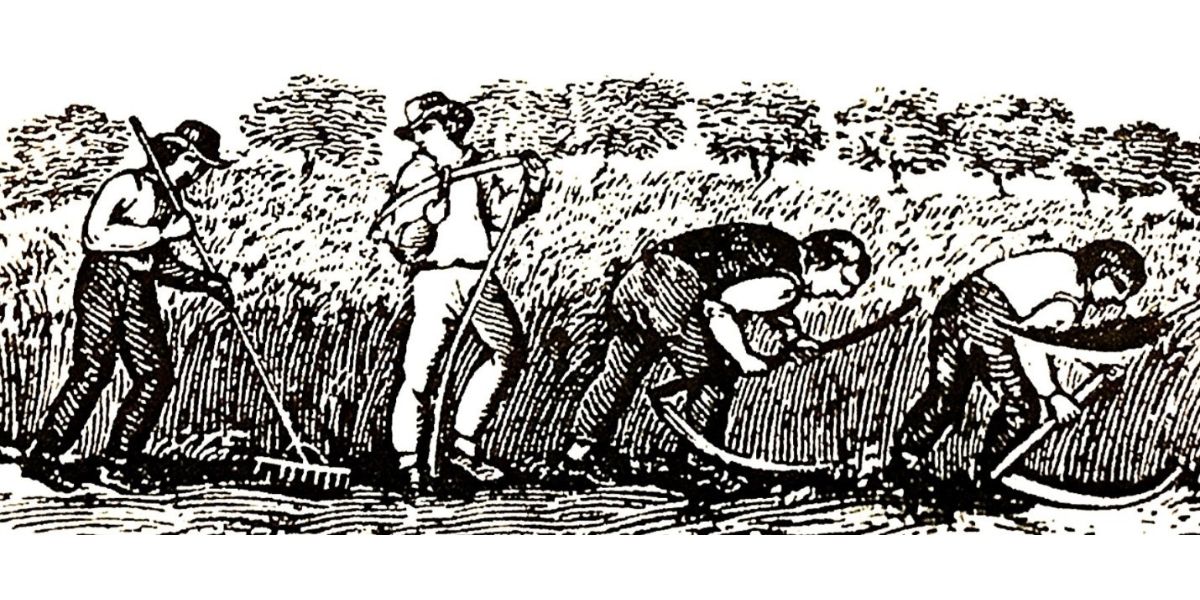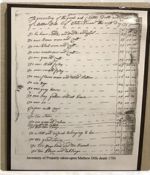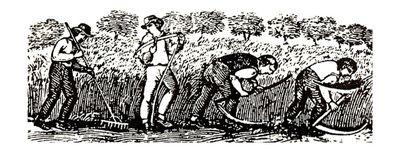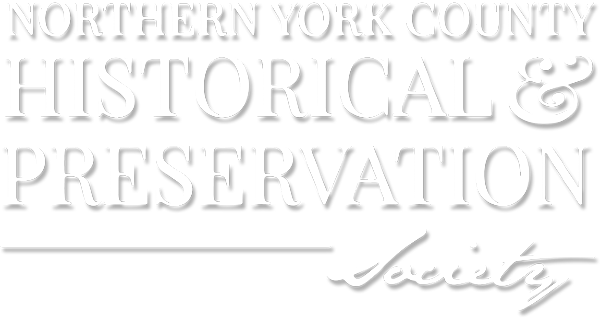
Impractical Distillers: Vol 1.8
The Dill Family and Distilling in Monaghan Township
 Historical records related to distilling at Dills Tavern and the Eichelberger Distillery property center around the Eichelberger family, whose ledgers dating from 1800 to 1833 are filled with details about
Historical records related to distilling at Dills Tavern and the Eichelberger Distillery property center around the Eichelberger family, whose ledgers dating from 1800 to 1833 are filled with details about
their distillery operations. However, documentation regarding distilling is not limited to the Eichelberger era. In fact, evidence of distilling activity on the property can be traced back fifty years earlier to the original owner, Matthew Dill.
When Matthew Dill passed away, his will and accompanying inventory provided valuable insight into the property’s distilling history. In 1750, it was customary to create an inventory of all possessions of the deceased, listing and appraising each item. This process helped settle debts by selling items if necessary, and documenting any outstanding amounts owed to the deceased’s estate.
Matthew Dill’s inventory specifically mentions a still among his possessions:
“To a stell (still) and vessels belonging to her — 25 pounds.”
He also owned a still house, which was referenced in the inventory:
“To one bed on the loft and one in the stell (still) house”
Additionally, the inventory listed substantial quantities of grain:
“To the grain in the barn the whote (wheat) and barley” — 30 pounds
“To thirty bushels of Indian corn” — 2 pounds
“To twenty five acres in the ground of winter grain” — 15 pounds
“To two pounds of hops” — 2 shillings
The still was the most valuable single item listed in the inventory, valued at 30 pounds—more than Dill’s best horse, complete with saddle and bridle, which was appraised at 22 pounds. 30 pounds from 1750 would be approximately $8,490, a considerable sum for the frontier setting of Monaghan Township.
Grain was the second most valuable asset in the inventory. The “25 acres in the ground of winter grain” (likely winter wheat or rye) indicated substantial agricultural activity. A typical farmer in 1750 could expect a yield of 13 to 17 bushels of grain per acre which translates to 8 to 10 ½ tons of planted grain to be harvested.
Grain was produced and harvested by hand, underscoring the labor-intensive nature of their operation. In addition to the grain still in the field, the inventory notes they already had at least twice that amount stored in the barn, valued at 30 pounds.

You can learn more about the agricultural and distilling heritage of Northern York County through hands on experience when visiting The Eichelberger Distillery at Dills Tavern.
~The Impractical Distillers: Sam and Murray


